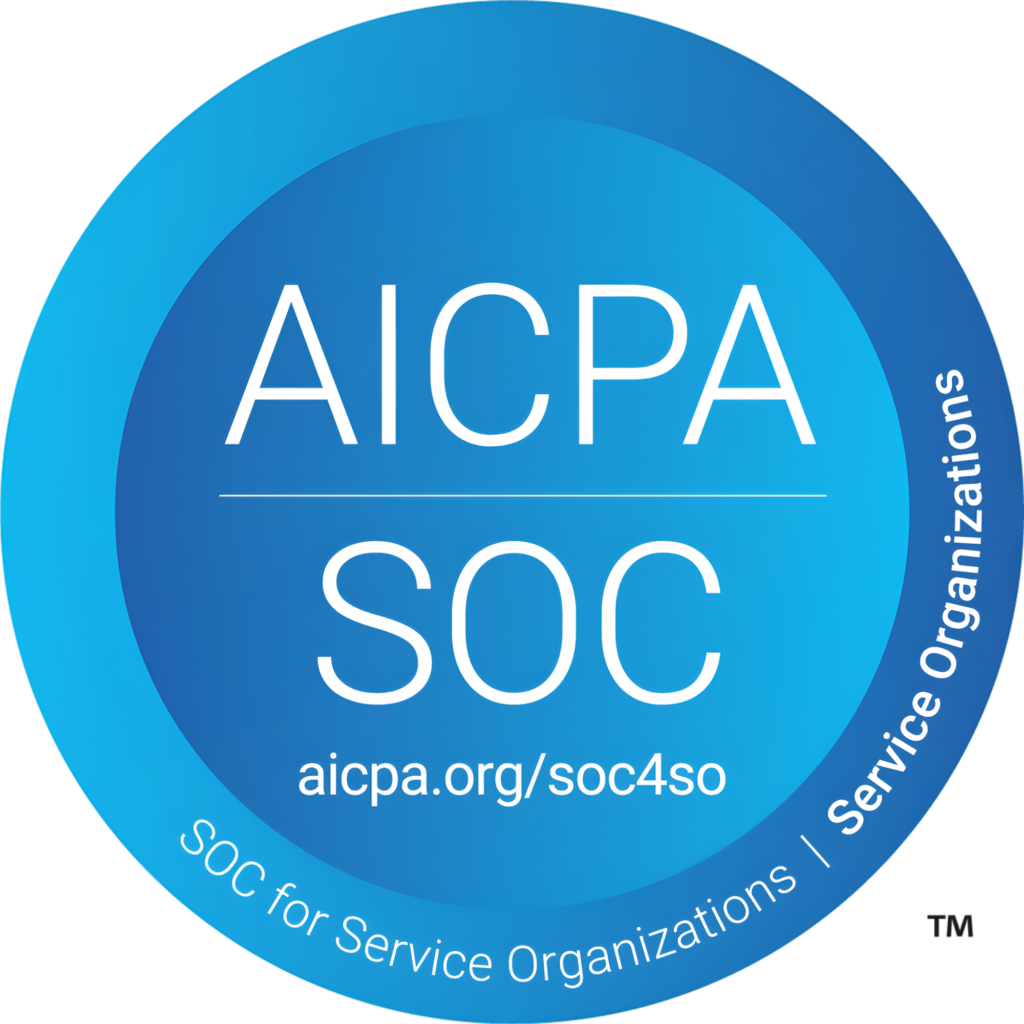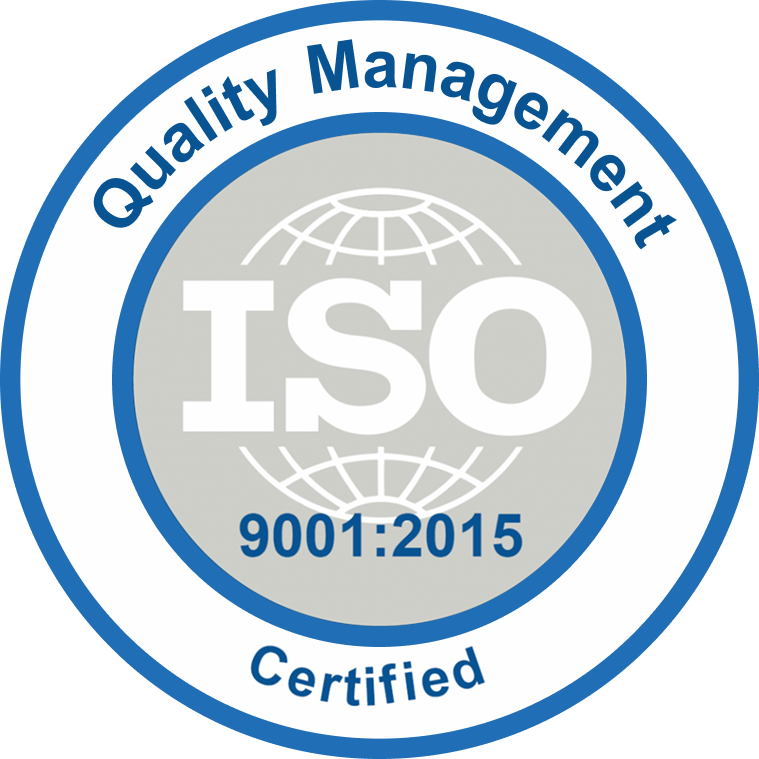In the integration phase, more repetitive and time-consuming tasks are being carried out for requirements, development, support, and testing phases. Business intelligence powered productivity tools with historical data and exposing it as services make perfect sense to help the project team to efficiently integrate applications/businesses and quickly on board the trading partners.
3 key areas where AI could really help in leveraging the historical data
- Creating mapping specifications for interfaces
- Identifying the right solution for production problems faced on a day-to-day basis
- Interface business testing
Intelligence Powered Mapping Specifications
As more and more integrations are being built and deployed, the mapping specifications that are used to develop the maps are left in lurch and for all the new interfaces between applications and partners, the specifications are recreated again and again. Immaterialof the domain (Logistics, Manufacturing, MRO, etc) that the clients are operating on, the logic behind mapping the business dataexudes similarity across industries.
Having a central repository of mapping specifications allows to build intelligence around the mapping data and further helps in recommending the closest match of mapping specifications for any new interface. This gives a jump start of 60% and the remaining map data can be addressed by the business team. Intelligence built around all possible data structures, industry standards (for EDI) and applications help in narrowing down the suggestions with the right specification. Feeding more real-time data to the intelligence platform allows an effective, cleaned, versioned and organically grown mapping data and helps in the accuracy and success rate over the period of time.
With less/no code development platform preferred by the integration community, having an intelligence tool to generate industry standard or tool specific transformation code like XSLT, eSQL or Data Weave, from the mapping specifications, allows users to reap the maximum benefits and reduces the development time by 60% or 70%.
Most of the iPaaS platforms are providing Crowd-sourced intelligence by harnessing the collective intelligence of the global integration community and help in simplifying the data mapping process.
Mappings that are recommended are based on the ranking algorithms that weigh suggestions based on the similarity and relationshipof the data fields.
Identify the right integration solutions
Integrating applications within an enterprise or across boundaries involve dealing with multiple endpoints and that in turn leads topossible multiple failure scenarios. Having a single integration platform within an enterprise allows to monitor and manage thefailures centrally and more efficiently as compared to managing the failure scenarios in point-to-point integrations.
Irrespective, of the integration platform/method, used, most of the effort is spent in troubleshooting the repeated scenarios andnarrowing down the root cause.
Building intelligence around the historical data of problems and solutions that came across till now and allowing machines toself-train using ML-based algorithms are driving businesses.
Categorizing and arranging knowledge for it to be searchable and reusable and recommending solutions is the next right step.
Test Harness tools
With more interfaces being built and deployed, there is an increasing demand to test those interfaces withmultiple business use cases. End-to-end testing starting from generating all the test files for each interfacecovering all the business use cases is a labour-intensive process. Again, test cases have to be validatedbased on the actual output and compared with the expected ones.
Automating this process of dynamically generating all the test files based on the logic in the mapping specifications and validating the output is very crucial in reducing the interface testing timeline.
With more test automation tools available in the market for web/windows applications, having an intelligence powered tool for testing the integration interfaces is the need of the hour.

